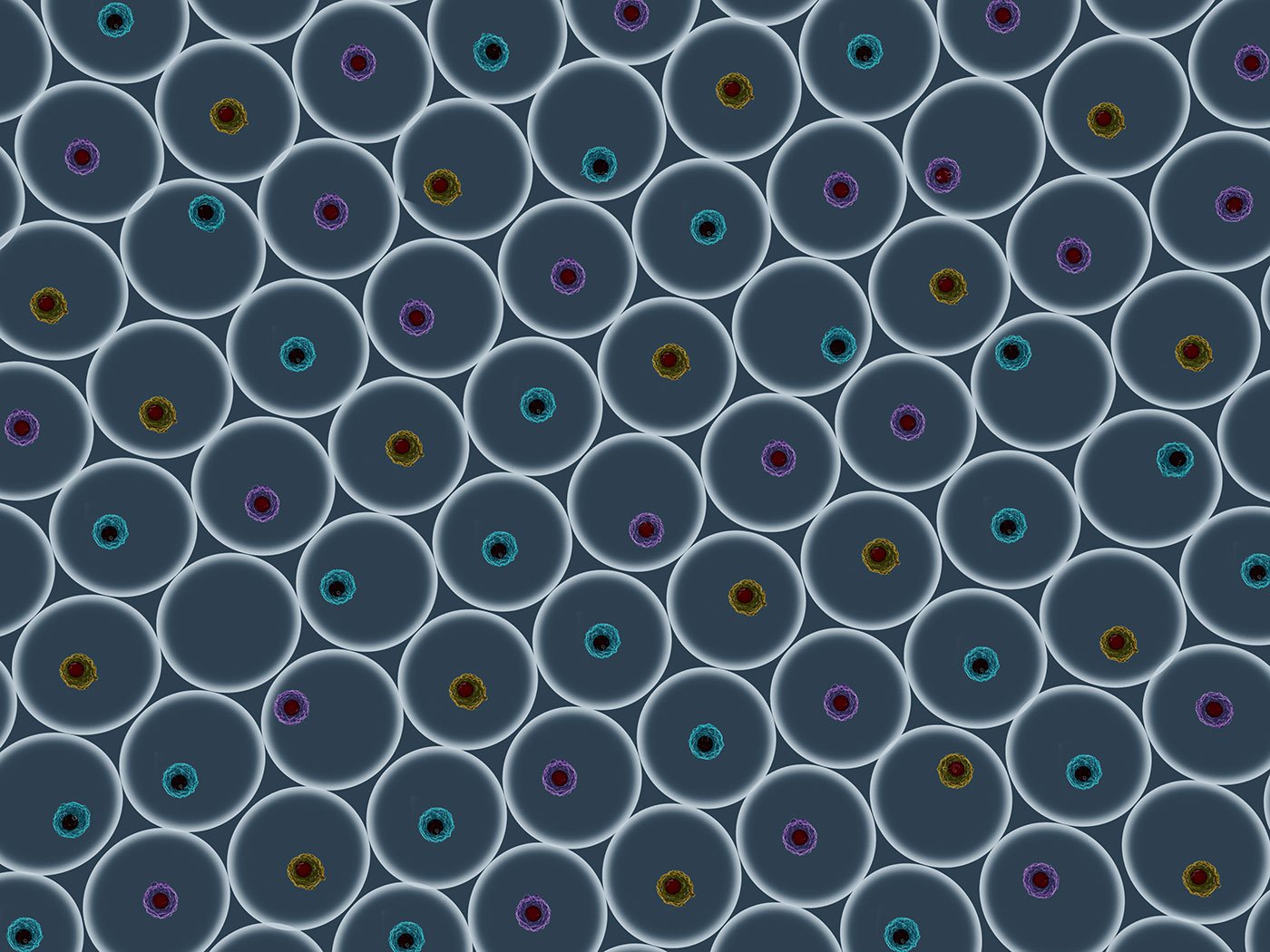Stuttering affects many people; indeed, the American Speech-Language-Hearing Association (ASHA) estimates that stuttering affects approximately 1% of the world’s population (including about three million Americans). Although the causes behind stuttering remain unknown, family history and differences in neurological processes are frequently raised as leading factors.
Now, the largest genetic analysis of stuttering to date has demonstrated a clear genetic basis for the speech disorder and highlighted neurological pathways of risk. The study used data representing more than one million individuals who had their DNA analyzed by the company 23andMe.
The findings point to 57 distinct genomic loci associated with stuttering and suggest a shared genetic architecture of stuttering with autism, depression, and musicality. The results provide a foundation for additional research that could lead to earlier identification or therapeutic advances in stuttering. More broadly, improving understanding of the causes of stuttering may replace outdated views of stuttering, often held by the general public, that contribute to stigma.
This work is published in Nature Genetics in the paper, “Large-scale genome-wide analyses of stuttering.”
“No one really understands why someone stutters; it has been a complete mystery. And that’s true for most speech and language pathologies. They are profoundly understudied because they don’t put people in the hospital, but they can have enormous consequences on people’s quality of life,” said Jennifer (Piper) Below, PhD, director of the Vanderbilt Genetics Institute and professor of medicine at Vanderbilt University Medical Center. “We need to understand risk factors for speech and language traits so that we can identify kids early and get appropriate care for those who want it.”
Young people who stutter report increased bullying, decreased classroom participation, and a more negative educational experience. Stuttering can also negatively impact employment opportunities and perceived job performance, and mental and social well-being, Below noted.
Below and her longtime collaborator, Shelly Jo Kraft, PhD, associate professor of speech language pathology & audiology at Wayne State University, first began exploring the genetics of stuttering more than two decades ago. Working with colleagues around the world, Kraft collected blood and saliva samples for genetic studies from more than 1,800 people who stutter as part of the International Stuttering Project. But the project didn’t have enough participants to support a large-scale genome-wide association study (GWAS). That’s where 23andMe came in.
“A friend sent me a picture of the 23andMe survey questions, and one was ‘Have you ever had a stutter or stammer?’ I thought, oh my gosh, if we can get access to this case-control information, it will be game-changing,” Below said. The researchers applied and were selected for a collaborative partnership with 23andMe. They analyzed data for 99,776 cases—people who answered “yes” to the stutter or stammer question—and 1,023,243 controls who answered “no.”
Developmental stuttering onset typically occurs in children between the ages of two and five, and about 80% of children will spontaneously recover, with or without speech therapy. At its onset, stuttering affects about an even number of males and females, but it is more common in adolescent and adult males (4-1 ratio of males to females) because of differences in the rate of spontaneous recovery by sex. Because of this difference in male-to-female prevalence, the researchers conducted GWAS studies on eight sex- and ancestry-specific groups, followed by meta-analyses that combined the findings.
They identified 57 distinct genomic loci, which mapped to 48 genes, associated with stuttering risk. The genetic signatures differed between males and females, which could relate to persistent stuttering versus recovered stuttering, Below said. A “yes” answer to the 23andMe stuttering question from adults would be more likely to reflect current stuttering in a male and recalled stuttering in a female, she explained.
The researchers used their GWAS results to construct a polygenic risk score for stuttering and applied the score to participants in the clinically ascertained stuttering cohort (International Stuttering Project) and another cohort of self-reported stuttering (Add Health). They found that a polygenic risk score derived from the genetic signals in males, but not females, predicted stuttering for both males and females in the two independent datasets.
“It may be that what we’re measuring in females in the 23andMe data is differently confounded by recall compared to what we are measuring in men, but we can’t determine that with the data we have,” Below said. “We hope these results will motivate intricate, detailed future studies of stuttering recovery versus sex.”
The researchers also determined other traits that have been previously associated with the genes they identified for stuttering and found associations with neurological traits, obesity/endocrine/metabolic traits, cardiac/circulatory traits, and others.
The “top hit” for genes associated with stuttering in males was the gene VRK2, which was also the top hit in a GWAS of beat synchronization (i.e., self-reported ability to clap to a beat) and in a study of language decline in people with Alzheimer’s disease, Below said.
“Historically, we’ve thought of musicality, speech, and language as three separate entities, but these studies suggest there might be a shared genetic underpinning—that the architecture of the brain that controls our musicality, our speech, and our language might be all part of a shared pathway,” she said. “To begin to understand at a biochemical, molecular, cellular level what makes us who we are as a species—our capacity for communication—is incredibly cool, and we hope this will spur additional studies of this gene and its function in the brain.”
The post Stuttering’s Genomic Signature Identifies 57 Loci and Links to Autism, Depression, and Musical Rhythm appeared first on GEN – Genetic Engineering and Biotechnology News.



